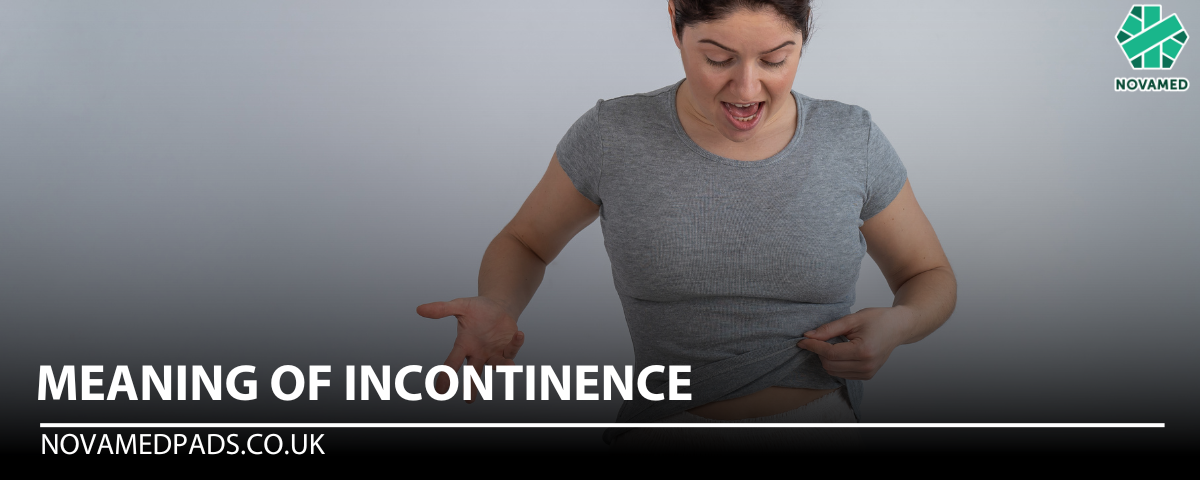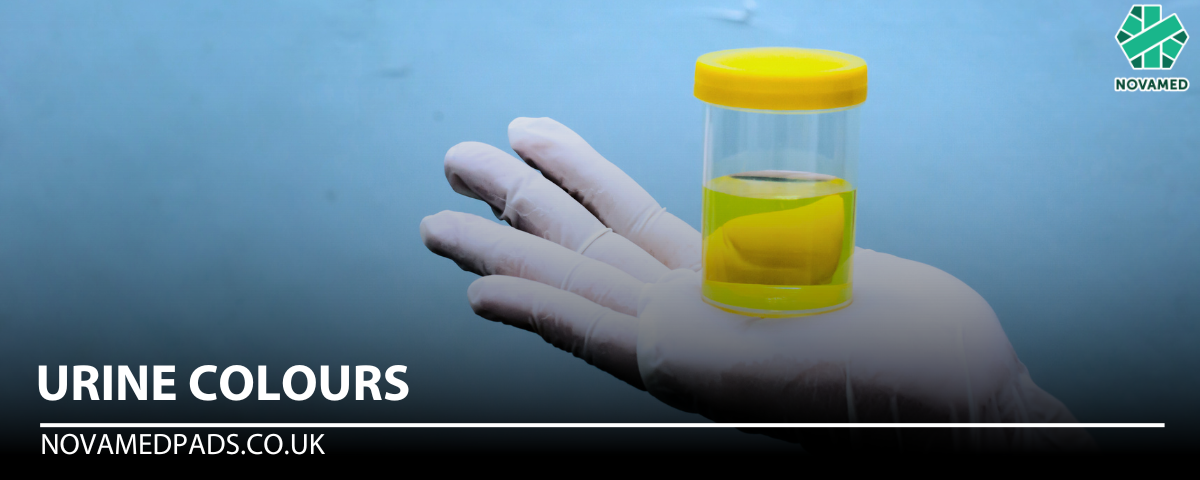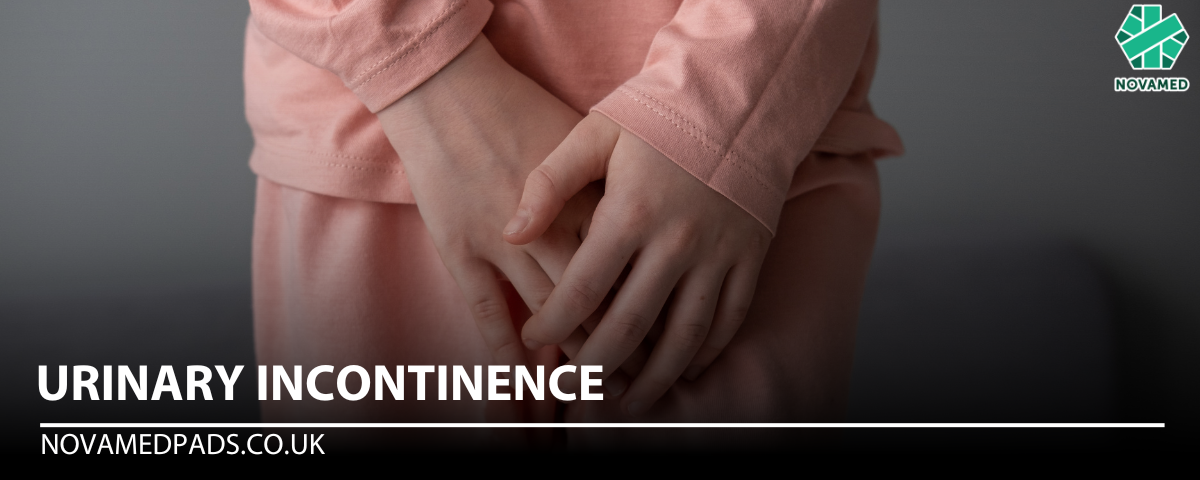
Meaning of Incontinence
If you find yourself frequently experiencing incontinence, you're not alone. As many as 1 in 3 adults suffer from this condition, and 1 in 5 have had at least one episode of involuntary urine leakage.
This blog will explore the definition of incontinence, its causes—such as childbirth or a urinary tract infection (UTI)—and the steps that can be taken to manage or treat it. From lifestyle changes and medications to surgery, several options are available. Additionally, we will provide useful resources for further information.
Understanding Incontinence
Incontinence can be a frustrating and sometimes embarrassing condition. Many people struggle with feelings of being overwhelmed and out of control due to their symptoms. For some, the sensation of involuntary urine leakage creates an uncomfortable experience that seems impossible to ignore.
While stress affects us all, those dealing with urinary incontinence often experience heightened anxiety. This condition may force them to wear protective pads or other products more frequently than they'd like. Fortunately, there are ways to regain control over your health and restore confidence.
What is Incontinence?
The term "incontinence" is generally defined as the involuntary loss of urine or faeces from the bladder or bowel. It can occur under normal conditions or as a result of illness, injury, or certain medical events, such as childbirth.
Incontinence affects millions of people, both men and women. However, it is a topic that often carries stigma, making it difficult for individuals to discuss their experiences. For some, disclosing their condition, whether at work or even on social media, feels uncomfortable or embarrassing.
Urinary incontinence is the most commonly associated symptom, although the condition itself is much broader. Some misconceptions exist, such as associating the problem exclusively with urinary tract infections or bladder infections. While these can contribute to the issue, other factors such as childbirth or surgery can also lead to incontinence.
What Causes Incontinence?
Understanding the causes of urinary incontinence is essential to finding the right solution. There are two primary categories of causes: intrinsic and extrinsic.
- Intrinsic causes are internal factors like UTIs, bladder or kidney stones.
- Extrinsic causes are external events or medical conditions, such as childbirth.
Incontinence often occurs after childbirth due to the strain placed on the bladder during pregnancy and labour. However, not all women experience incontinence post-partum. Issues like vaginismus or pelvic floor muscle spasms can contribute to the condition as well.
Types of Incontinence
There are several types of incontinence, and understanding which one affects you is crucial for choosing the appropriate treatment.
-
Stress Urinary Incontinence (SUI) – The most common form, especially in women after childbirth. It involves urine leakage during actions that place pressure on the bladder, like sneezing, coughing, or laughing.
-
Overflow Incontinence – This occurs when the bladder doesn't empty completely, leading to frequent dribbles or leakage.
-
Urge Urinary Incontinence – Characterised by an urgent need to urinate that cannot be resisted, often requiring immediate access to a bathroom.
-
Mixed Incontinence – A combination of stress and urge incontinence, sometimes linked to other conditions like pregnancy or diabetes.
-
Incontinence in Children – It's estimated that 1 in 4 children aged 6-12 experience urinary incontinence.
-
Overactive Bladder (OAB) – This involves a frequent urge to urinate and can be managed through medication, lifestyle changes, or surgical procedures like the SUI procedure.
Symptoms of Incontinence
Incontinence involves more than occasional leaks. If you experience any of the following symptoms, it may indicate an underlying issue that requires medical attention:
- Frequent urination: A need to urinate often, especially at night, could point to an issue like a UTI or diabetes.
- Burning sensation: A burning feeling during urination is often a sign of a urinary tract infection.
- Sudden urges to urinate: Urge incontinence is marked by the inability to hold urine and the need to rush to the bathroom.
- Leakage after sneezing or coughing: This is commonly associated with stress incontinence, and can be managed through medication and lifestyle changes.
Conclusion
Incontinence can be a distressing condition, but understanding the causes and symptoms is the first step in managing it. Whether you're dealing with stress incontinence, urge incontinence, or any other form, treatment options are available. From pelvic floor exercises and medication to surgical procedures, solutions can help you regain control of your life.
Feel free to explore our full range of incontinence solutions here!
Bladder and bowel incontinence may be caused by conditions which can be treated medically. Please consult your physician for medical advice and guidance.




